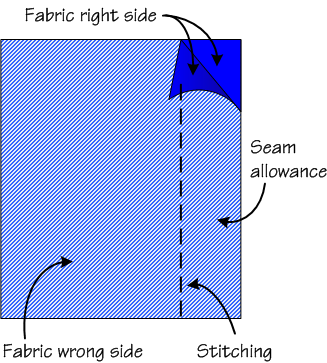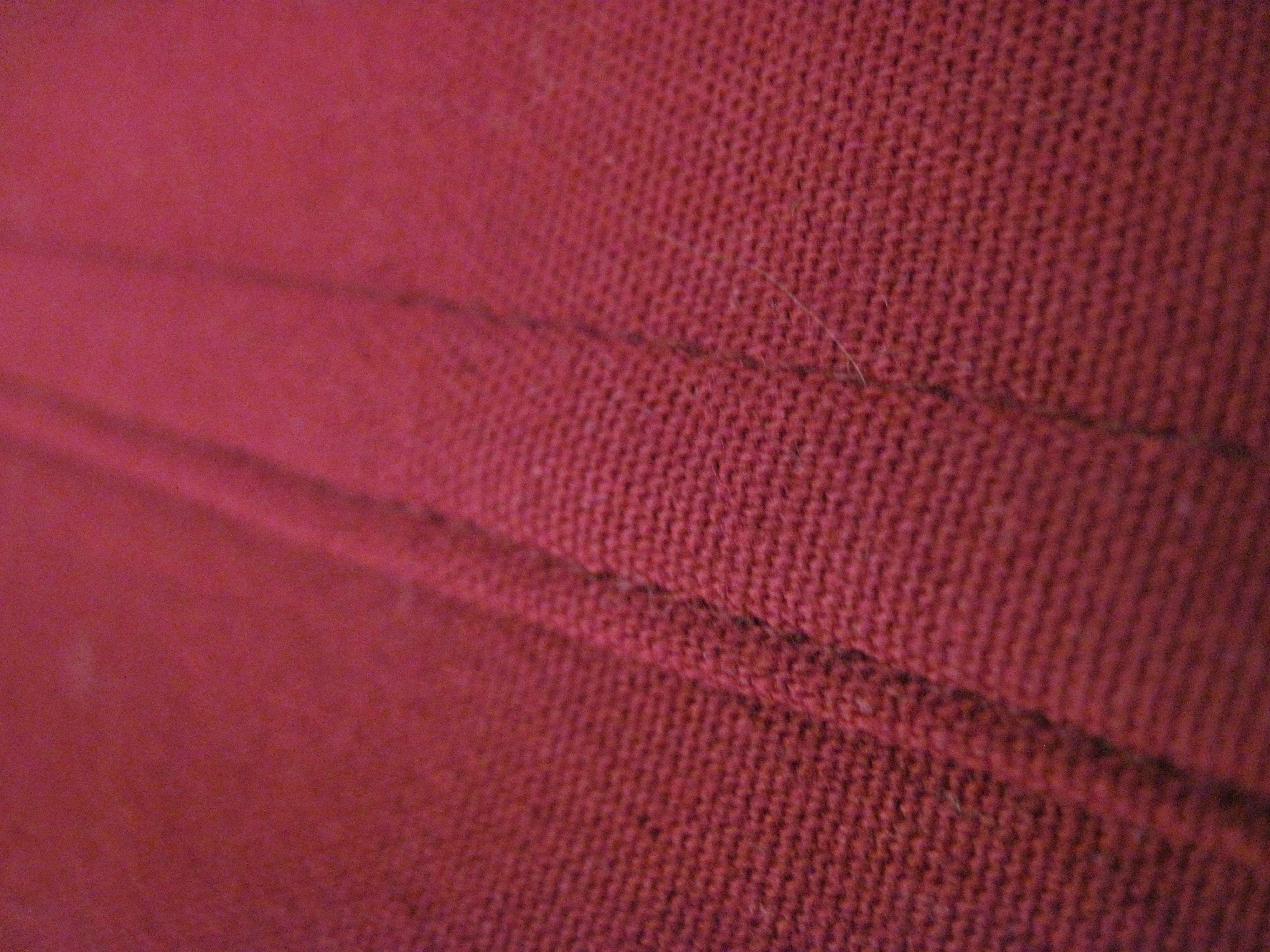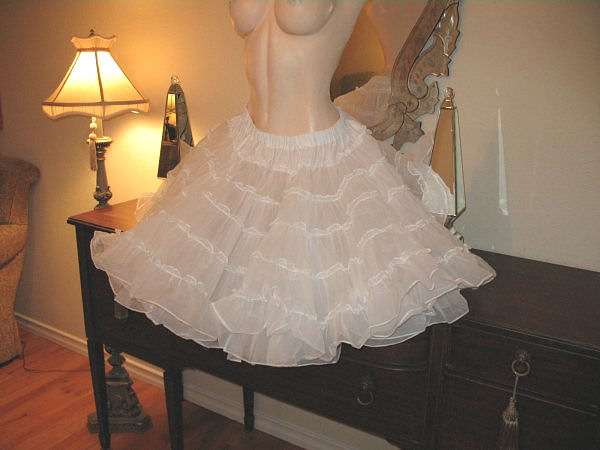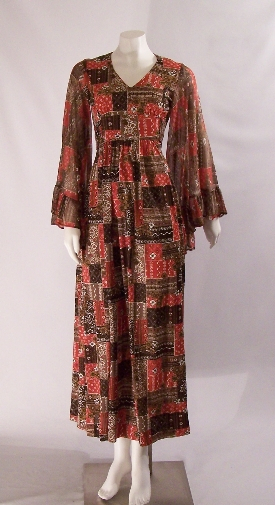Start by casting on your stitches onto the circular needles. How many you need is determined by how large the hat must be. The hat in the picture was made using a hundred stitches. It fits my five-year-old son. You can make a hat using many more stitches, but make sure the number you use is divisible by four. For example, you can make a hat using 124 stitches, but not 125. Trust me, this is important.
Once you have your stitches cast on, join them so they're in a circle on the circular needles, making sure not to twist the stitches. Also make sure you use a stitch marker so you don't lose track of where you started. Now you can begin a simple rib stitch. Knit one, purl one, repeat. See, simple. Continue the rib stitch for six rounds, more if you want a thicker rib around the base of your hat. Keep your stitch marker in place, making sure not to drop it. That stitch marker should stay exactly where it is until you've finished the hat, so just keep transferring it from needle to needle.
After you've completed the rib section of your hat, you can forget all about having to purl. The rest of the beanie is only a knit stitch. Knit until you are at least six inches from the edge of the hat, maybe a little more depending on the size of your forehead. At this point, you can add the stripes of color seen in the photo. Add two rounds of a contrasting color, then three of your base color, then two more of your contrasting color to get the effect you see in the photo. You can change the patter as you desire, but once you've added seven or eight additional rounds, it's time to start decreasing your hat.
This is where being able to divide your stitches by four is essential. Knit one more round, but count out your stitches, adding three more stitch markers as you go. You should end up with four stitch markers evenly spaced. I like to add a fifth stitch marker to the first one so I still know exactly where I started. This keeps your hat nice and even as you decrease.
So, decreasing. It's really not that hard. You'll have to be able to knit 2 together and perform a slip, slip, knit, but you can find videos for these on YouTube. Basically, you knit 2 together after each stitch marker and slip, slip, knit right before each stitch marker. This reduces your total number of stitch by 2 for each stitch marker, so you'll have eight fewer stitches after each completed round.
Continue to knit, decreasing at each stitch marker. At some point, you'll have to switch to the double pointed needles because you won't have enough stitches left to continue on the circular needles. I like using five needles for this, but you can do it with four. It doesn't work with three. Continue knitting on the double pointed needles until you have fewer than ten stitches left.
At this point, you should cut a ten inch tail of your yarn. You won't need more than that to finish off the hat. Thread the end onto your tapestry needle, thread the tapestry needle through the remaining stitches, and tie off the yarn on the inside of the hat (because your hat will look funny if you tie it off on the outside).
You should now have a completed hat. Maybe now you'll want to make a coordinating scarf. I know I did.
And for those who need a little help with slip, slip, knit.











